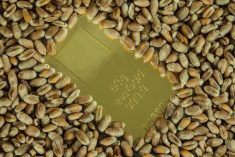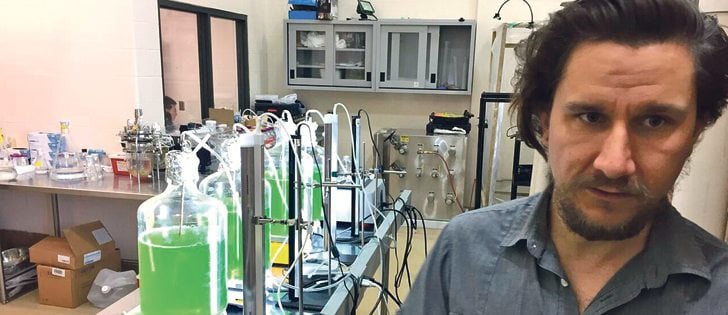At this time everyone’s trying to figure out what producers are going to plant this spring.
Farmers themselves are all trying to suss out what everyone else is going to grow, with many wanting to grow something different in the hopes of a future shortage.
To figure out what farmers are planning to grow, analysts and observers have all sorts of measures. A common, anecdotal one often cited is one that, according to the smartest analyst I know, is completely useless.
It is the reports of what seeds U.S. farmers are ordering and buying. There’s often a tizzy if people hear from dealers that farmers are picking up more soybean than corn seed this year, or vice versa. It’s seen to be a giveway of farmers’ true intentions – intentions they often lie to statistical agencies like Statistics Canada about – because once you’ve paid for seed you’ve put your money where your mouth is.
Read Also

Budget seen as fairly solid, but worrying cracks appear
The reaction from the agriculture industry to prime minister Mark Carney’s first budget handed down November 4th has been largely positive.
The problem with that assumption, according to Mike Krueger of The Money Farm, is that in the U.S. it’s so easy to return unused seed for a full refund that ordering the stuff means nothing. There’s no commitment to grow anything just because you’ve ordered seed.
“There are very liberal return policies for seed in the U.S.,” he told me in an interview during the Manitoba Special Crops Symposium.
“Producers will have purchased on paper enough corn seed to seed their whole farm, and enough soybean seed to seed their whole farm, and whatever to seed their whole farm, knowing that once the planting season’s done they can return what they don’t use.”
Forward looking analysis always relies on gauges and measures. The dismal scientists of economics are married using common statistical measures to produce equations that will show them what’s likely to occur in the next year. The problem is, most of the numbers are based on all sorts of assumptions that generally aren’t challenged, as economists will admit. They’re just a way of producing a reasonable expectation for an unreasonable world. One of the unreasonable factors out there is the farming population, which like any group of humans acts as much by emotion as by rationality, and which means all sorts of monkey wrenches get thrown into the mechanics of analysis.
If a bullish sentiment about a particular crop sweeps farm country right at planting time, acreage can explode. Ditto in reverse for bearish sentiment.
Another problem is that the farming population isn’t a single entity, but a collection of tens of thousands of people all trying to figure out what to do. So while each is making his own decisions about what will work on his particular farm, following his particular outlook, all of his neighbors are doing the same thing, and if they’re all caught up in the same mood big swings with acreage can happen.
That’s a danger on the prairies, where Canadian producers totally dominate the world trade for certain commodities such as mustard and various pulses. If a bunch of individual guys decide that they like the look of, say, green lentils this spring, even though lots of people aren’t enthused about it, they probably don’t realize lots of other farmers are thinking the same thing and might also jump into the micro-crop, swamping it.
On a big scale this happens in the U.S., where two years ago 14 million extra acres of corn was seeded because of a good market outlook. That shocked a lot of American analysts, stunned overseas observers who thought American farmers tended to stick to their rotations, and surprised some farmers who thought they were the only ones making a bold acreage switch.
That’s why Krueger, who agrees with the orthodox analysis that American farmers are most likely to plant a bit more soybeans and a bit less corn, also thinks there’s a real possibility for a major increase in soybean acres. If enough farmers get the feeling that soybeans looks better than corn, a whole bunch of them could stampede into the oilseed crop.
All the stats and anecdotal evidence won’t convince him of anything until the crop is in the field.















